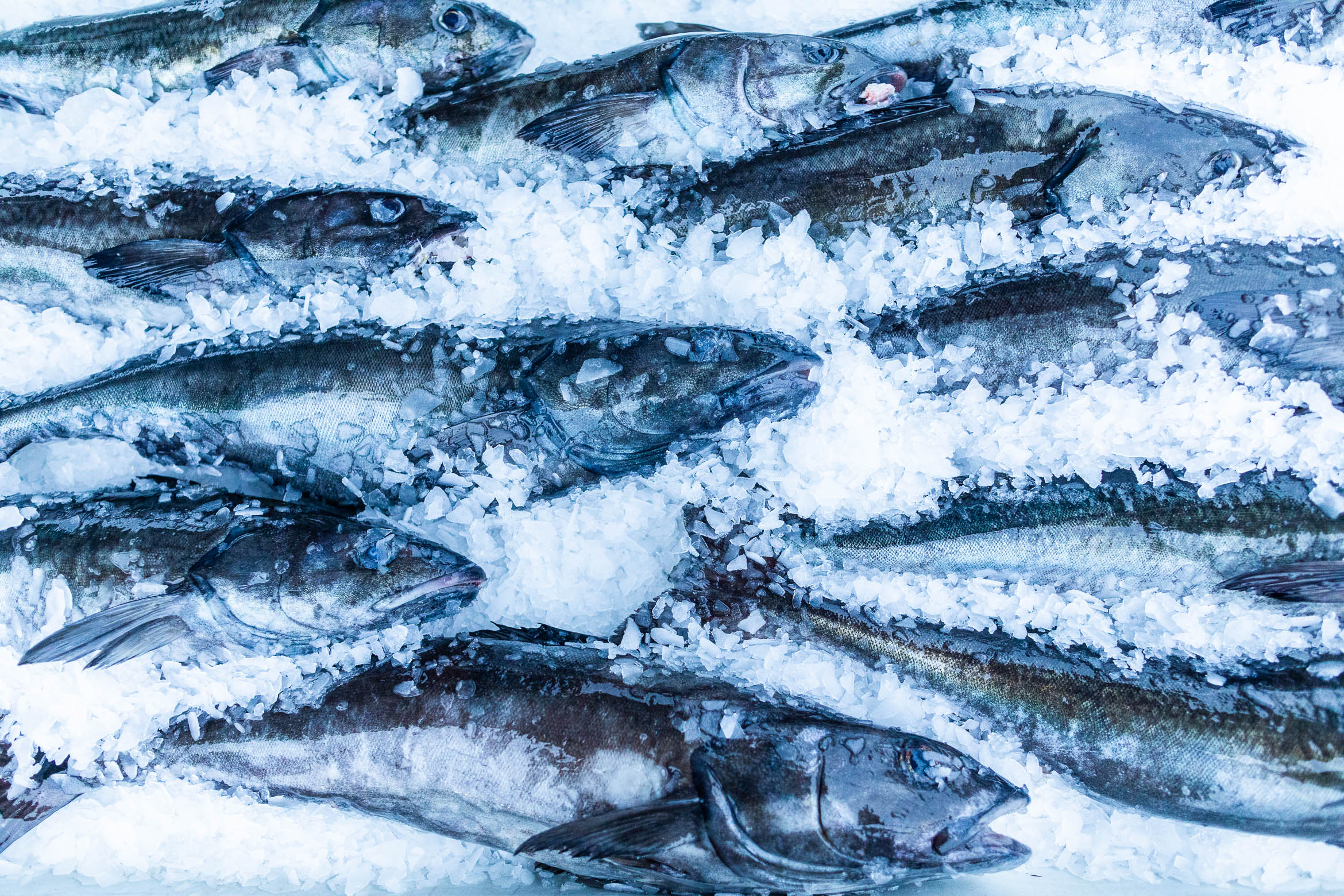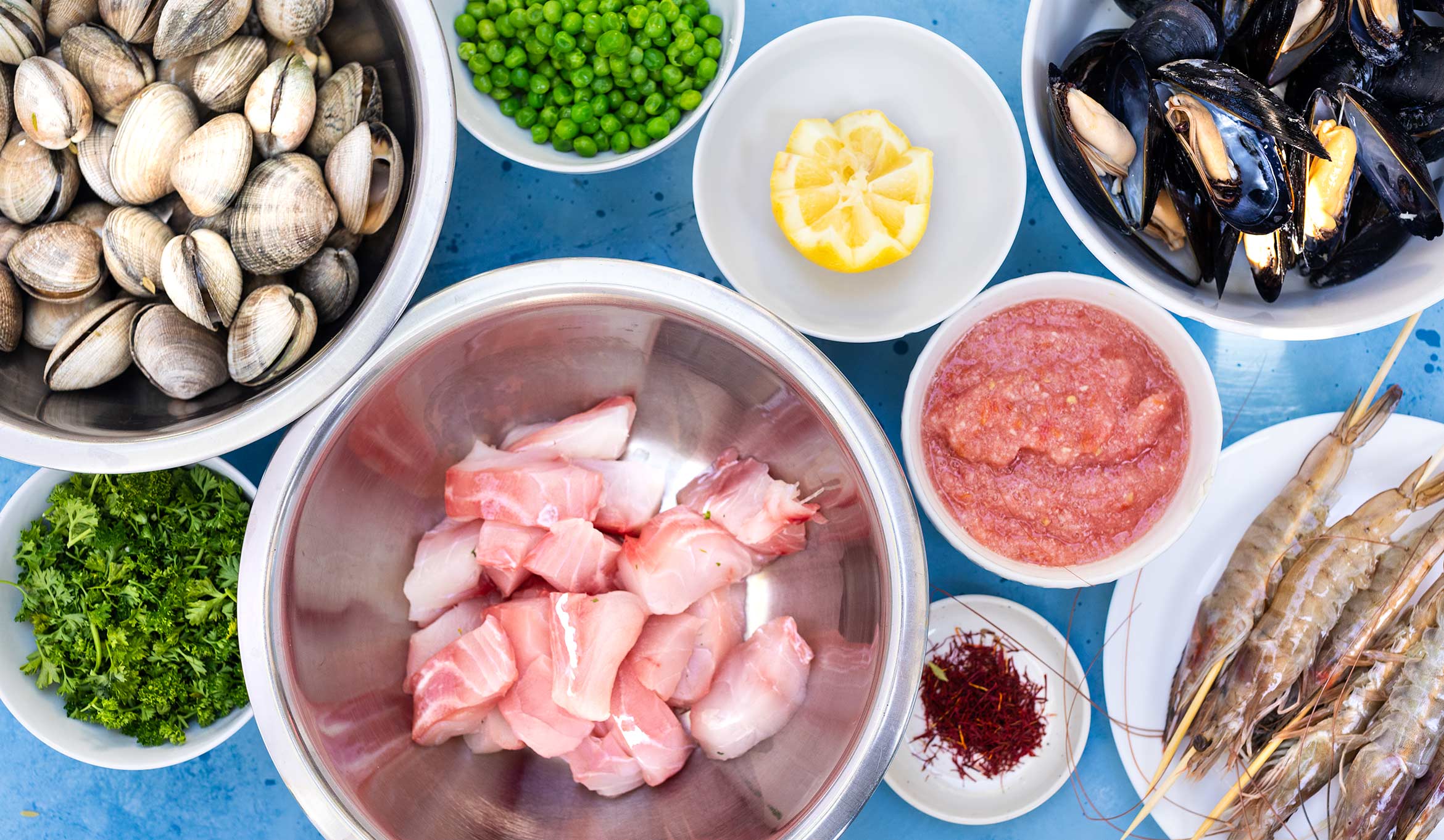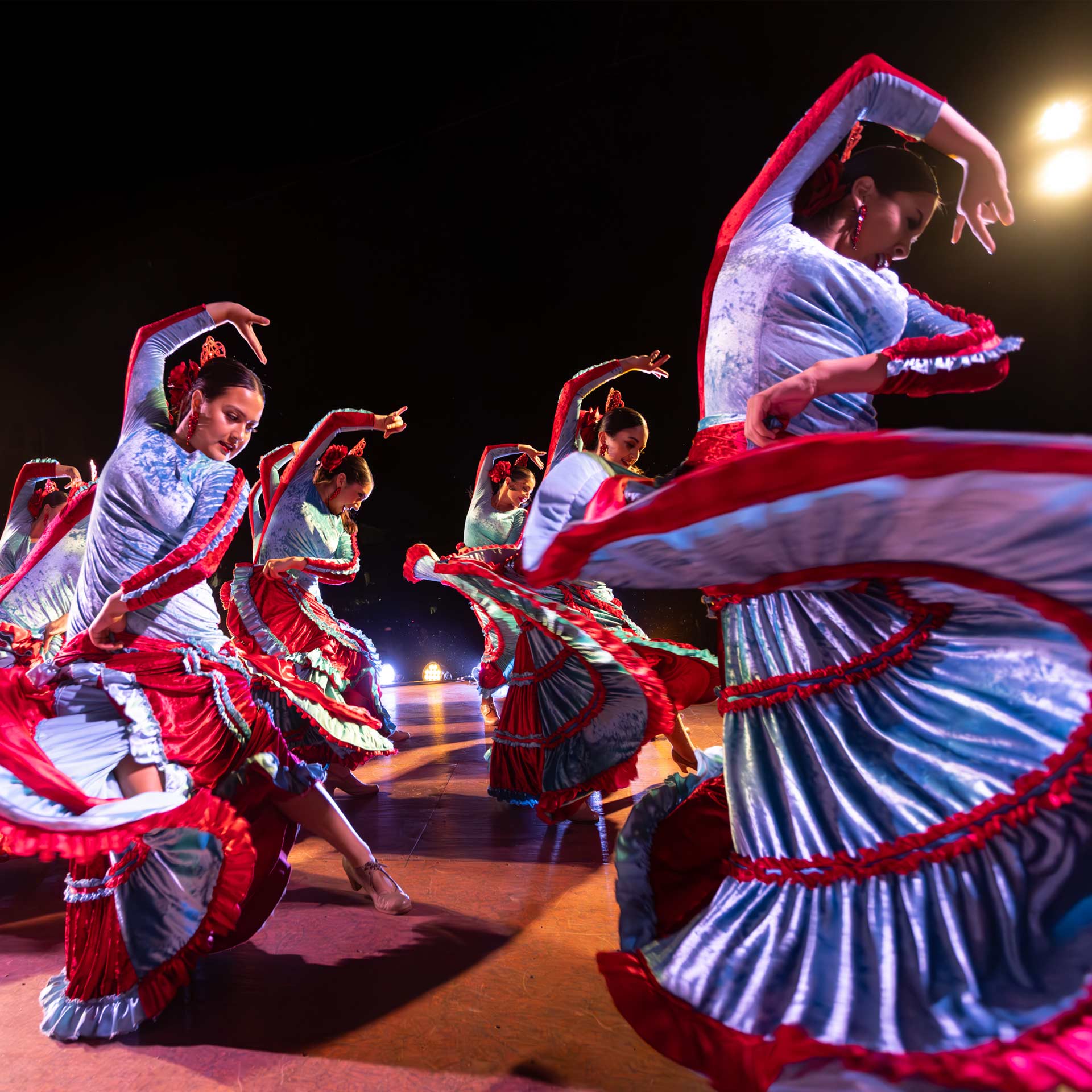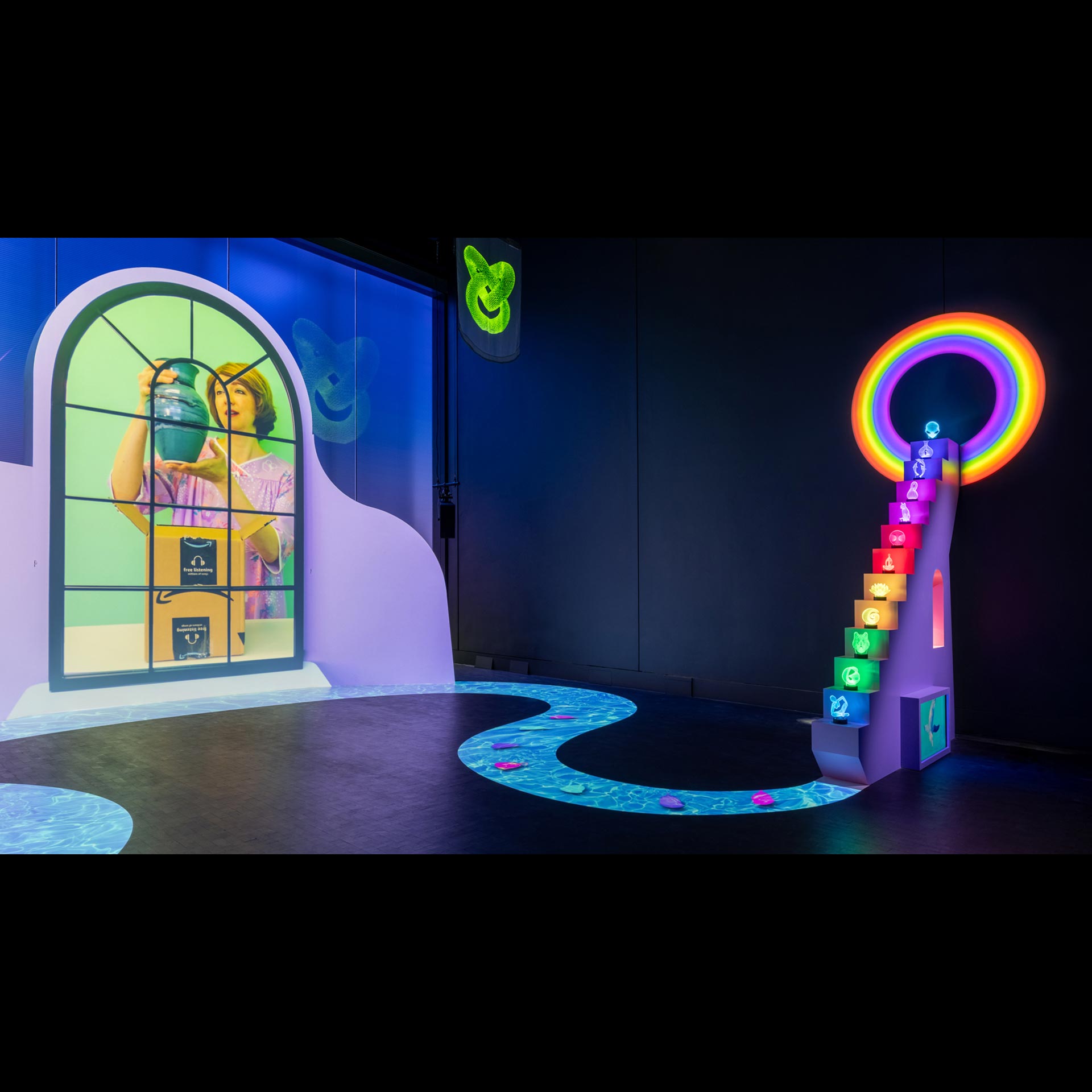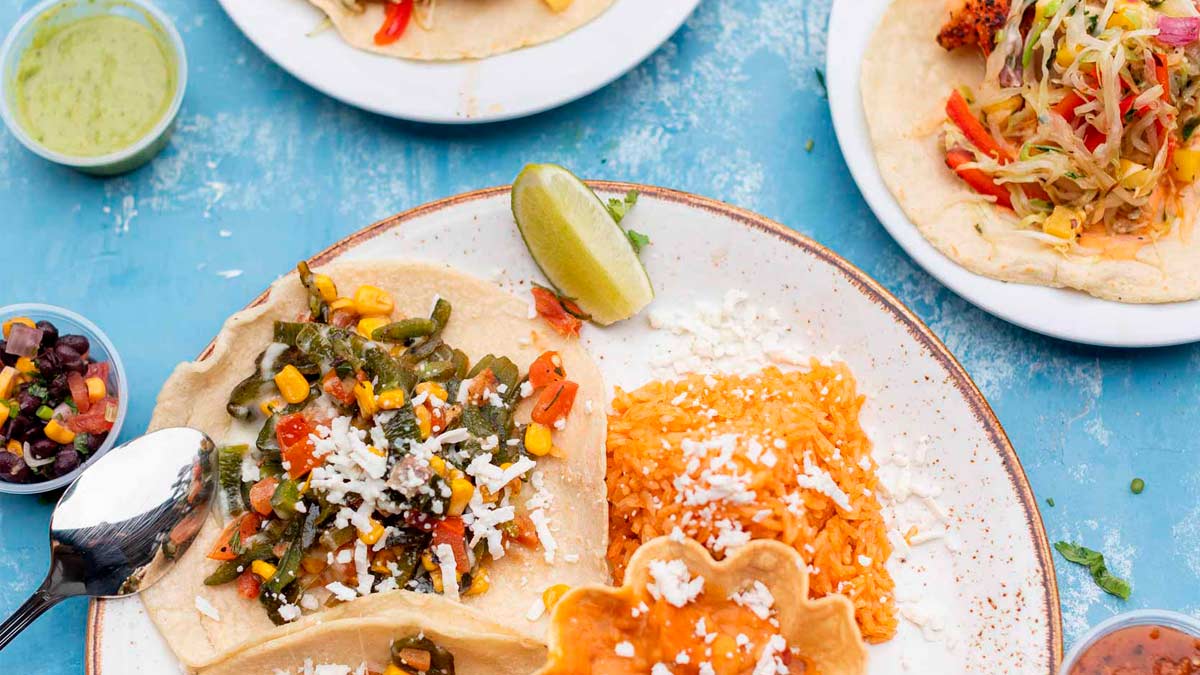Fishing for food security
“I think the blue food revolution is really exciting because it presents a way of producing more nutritious food in a more sustainable way,” says Chris Free, a researcher with UCSB’s Marine Science Institute (MSI) whose work focuses on large scale fisheries on the West Coast of the United States and, more specifically, in California. He and his team study the current and future impacts of climate change and actions that can mitigate them.
“I’ve been doing a lot of work on the West Coast Dungeness crab fishery, which is our most lucrative fishery,” says Free, who also serves on the science advisory committee of the Pacific Fishery Management Council, the body that governs U.S. West Coast fisheries. But that species is threatened by two acute symptoms of climate change, he noted. The first is the rise in harmful algal blooms, which produce biotoxins that accumulate in the crab tissue and result in public health agencies closing fisheries. The second is the growing number of entanglements of humpback whales in Dungeness crab fishing gear.
“That’s actually being caused by climate-driven changes in oceanography,” says Free. “They’re forcing the whales to forage more in-shore, where the crab pots are set.”
Historically, the Dungeness crab fishery has been “one of the easiest to manage,” according to Free, because the regulations have been simple: Fisheries are allowed to catch only male crabs over a certain size during a particular season. “And that has been wildly successful at maintaining a sustainable and profitable fishery,” Free says. “But now it’s so dynamic and unpredictable. And fishermen are trying to hustle to figure out how to make a living in this new landscape.”
Another threat to fishing in the U.S. is bycatch of protected species such as marine mammals, sea birds and sea turtles. “We’ve been looking at reconstructing levels of bycatch in the California set gill-net fishery, which is largely based out of the Santa Barbara Harbor,” Free explains. He and his team have sought first to understand the extent of the problem and then to identify actions fisheries can take that will enable them to continue operations without endangering California sea lions and harbor seals and other protected marine life.
“It’s important to provide scientific guidance about the scale of the problem so we’re not making rules without information,” Free says. “That work has been really amazing because we’re finding that the current management regime has been quite effective at reducing bycatch relative to decades ago. And the incidental take of these animals is well below what’s legally allowed.”
For small-scale fisheries, the challenges are different but equally complex. These are not commercial or industrial fisheries but are akin to a family or community with a boat fishing for their own personal benefit, usually with lower production and shorter fishing trips.
That’s where Jacob Eurich directs his expertise. A fisheries scientist at the Environmental Defense Fund and a research associate at UC Santa Barbara’s Marine Science Institute, Eurich works with local communities primarily in the Asia-Pacific and central Pacific Ocean regions to develop sustainable fisheries management initiatives that help them address climate change impacts they’re experiencing now.
When working in a small community, he and his team focus on ecosystem first, drawing on local and indigenous knowledge. Most of the time, he explained, these smaller-scale fisheries don’t have the kind of big data that scientists work with in largescale fisheries. Monitoring systems and adaptive management such as we see in the U.S. are limited at best. “So, indigenous knowledge is really important,” Eurich says. “We start there, and we use ecosystem-based approaches.”
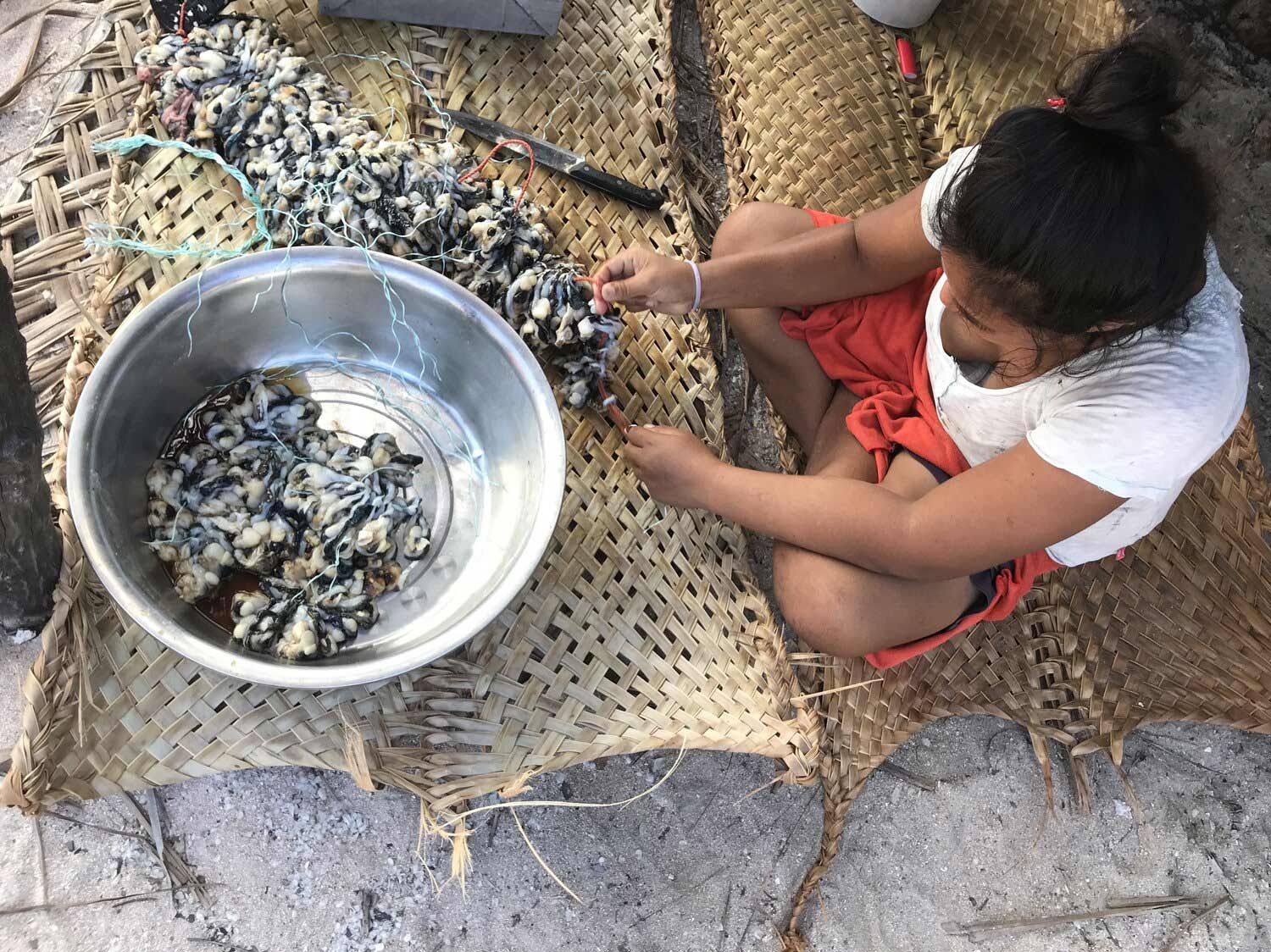
A local woman strings together giant clams at the South Tabiteuea, Kiribati market.
PHOTO BY JACOB EURICH
One of the greatest challenges, he notes, is that fisheries management in data-limited fisheries is neither simple nor easy nor timely. “We have the necessary tools — they already exist — we know what’s happening now, how things are changing, and we can make predictions with very sophisticated models, but that doesn’t always mean fisheries management can track those predictions,” Eurich continues. “There are political barriers, funding barriers, even just personal relationships between the people involved. How fisheries management protocols work and function is different from place to place.”
Still, Eurich sees reasons for hope around the world. “In my work with small-scale fisheries, it’s social networks or fisheries cooperatives. These are groups of people who have bound together to address issues within their blue food system and associated fisheries,” he says. “We’ve seen some incredible things like adaptive community-based fisheries management and supply chain interventions initiated by fishery cooperatives using local knowledge. I think that’s really inspiring because fisheries management is complex. Addressing supply chain problems or how seafood moves through the system is even more difficult, and still we are seeing successful stories.”
